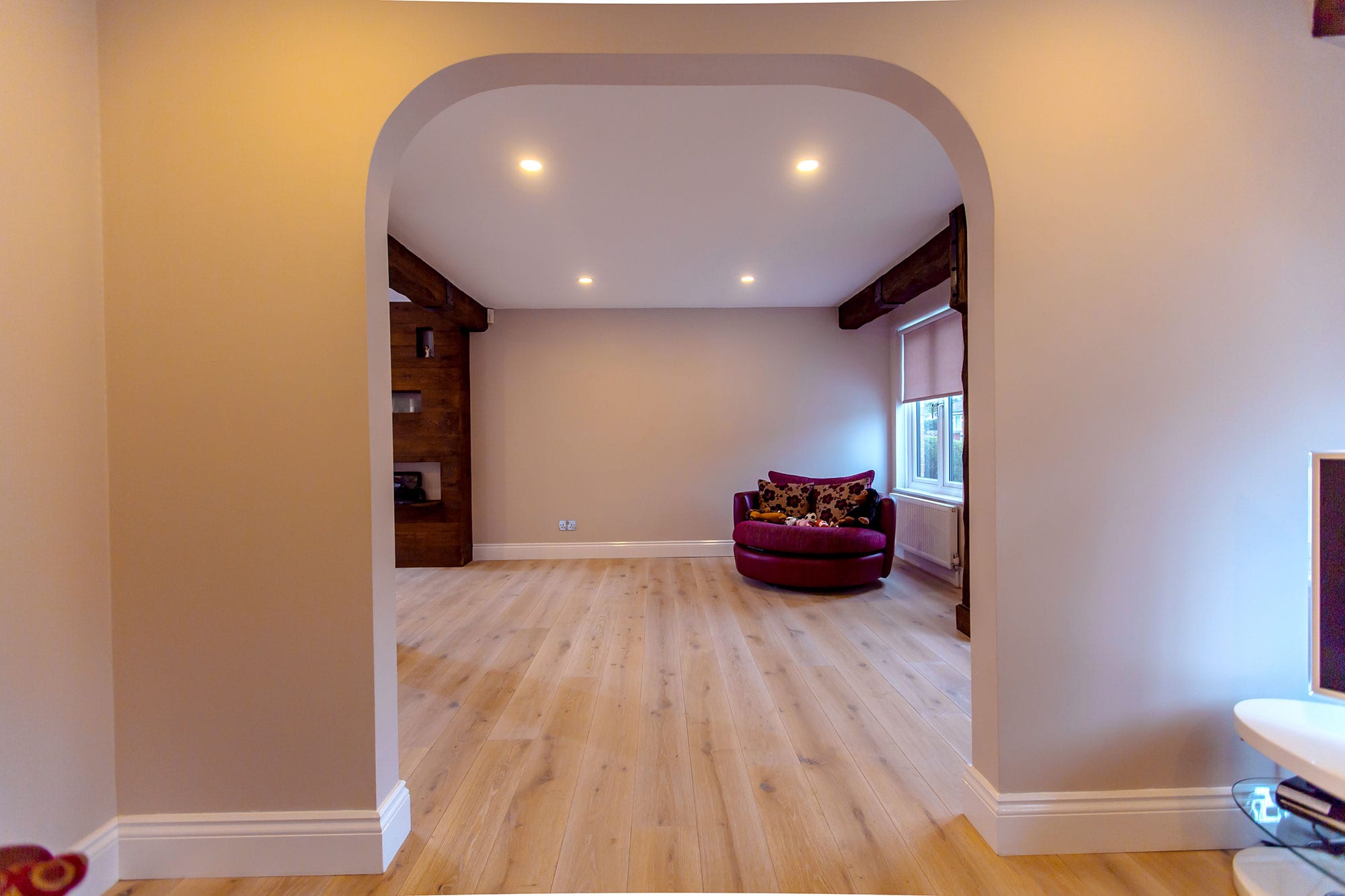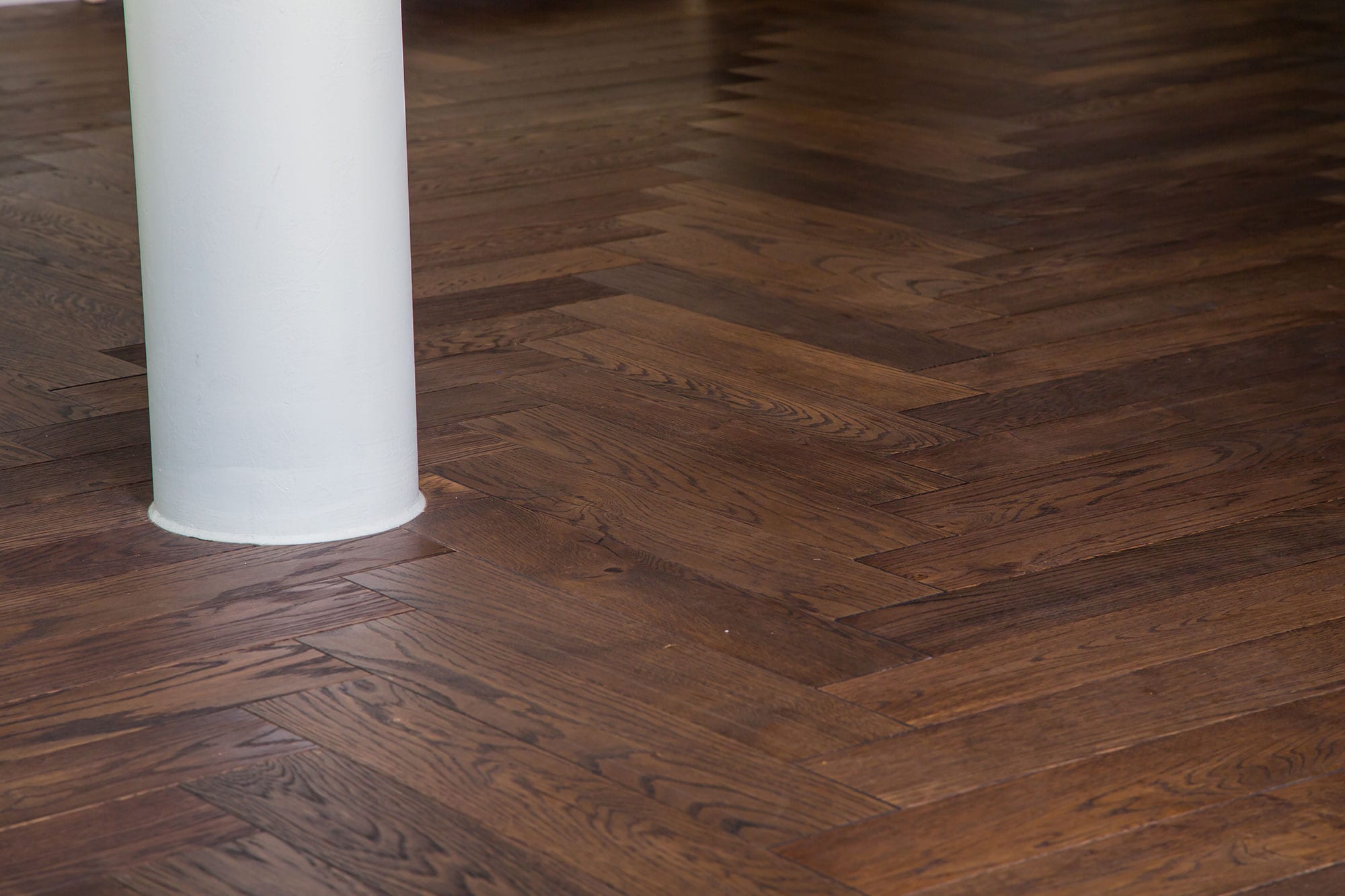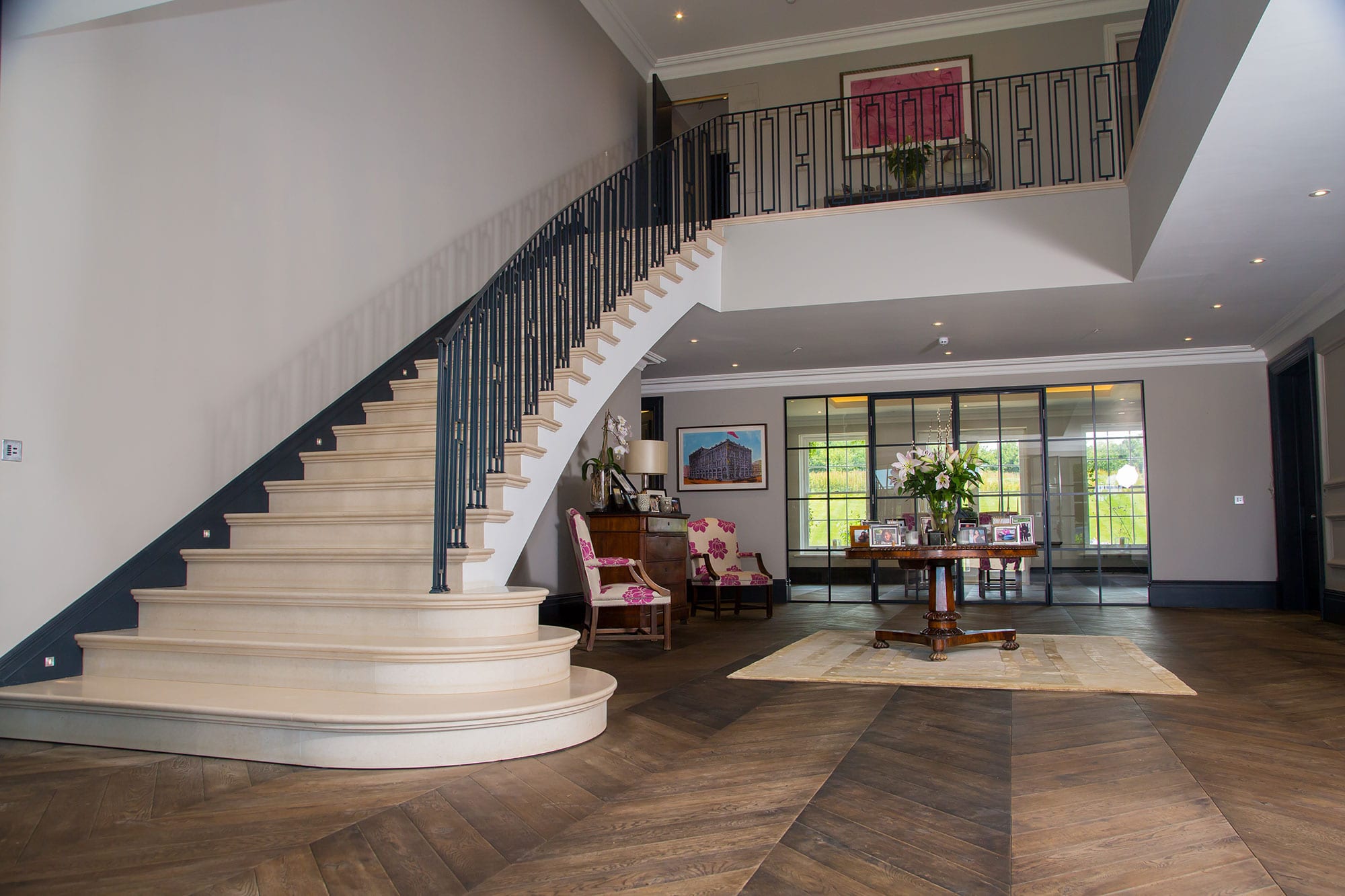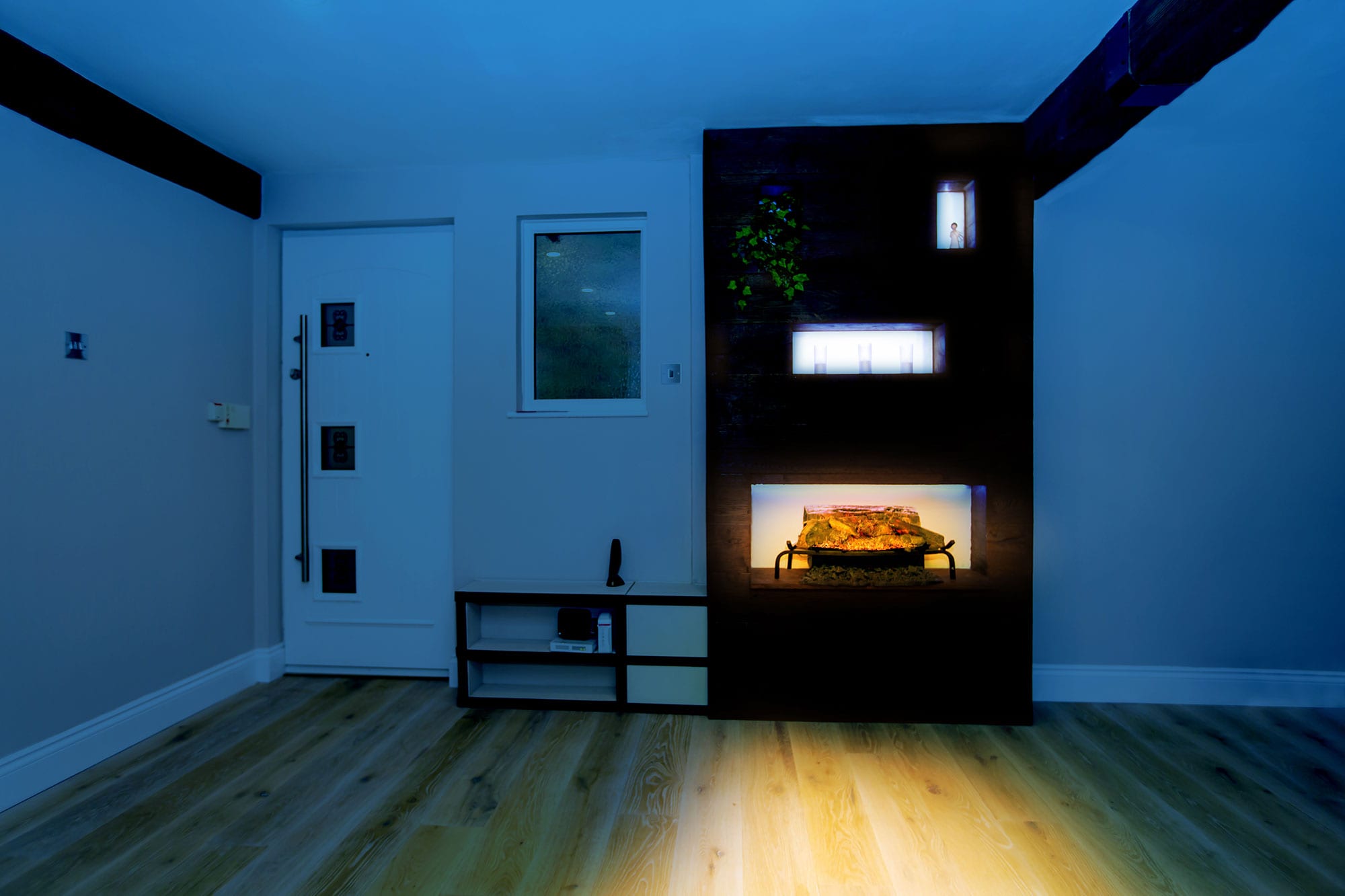Wood is a naturally beautiful material. People love wood flooring because the colour and texture of wood go well with just about any type of home décor. You could have oak, cherry, or walnut wood, and it’ll look great on any of your floors. However, the beauty of the wood must be preserved to ensure its durability and longevity. That is what a protective finish can do for your wood flooring.
Think of finishes as protective coatings or layers which go over the surface of your wood flooring. It serves as a shield that blocks any environmental elements from harming the wood. For instance, if you spill food or beverages on the floor, you don’t need to worry as much about the wood getting damaged or stained. You can simply wipe up the mess with a clean cloth, and there won’t be a mark left on the floor.
The finishing doesn’t only protect the surface of the wood, though. Since natural oils are mostly used to make wood finishes, they won’t just sit at the surface of the wood. The oils will find their way through the little cracks, crevices, and other imperfections in the wood. As the oils get deeper into the wood flooring, they’ll make the wood stronger and impervious to things like scratches and scrapes.
If you care about aesthetics and presentation, then think about how shiny and vibrant the finishing will make your wood floor look. You can select from a variety of shades and colours for your finishing. Everything about your wood will appear more natural after you apply the finishing. It’ll truly create a homely feeling.
Do you hate maintenance? Well, your maintenance work will get a whole lot easier if you have a finished wood floor to work on. Normal wood floors need to be re-sanded every so often, but not finished wood floors. If you clean your floors regularly, then they will last for a long time.
Let’s not forget about the environment. If you’re using natural oil finishes, then you won’t have a sea of chemicals on your flooring. That means it’ll be safe to breathe the fumes of the finishing because they’re coming from natural sources.






